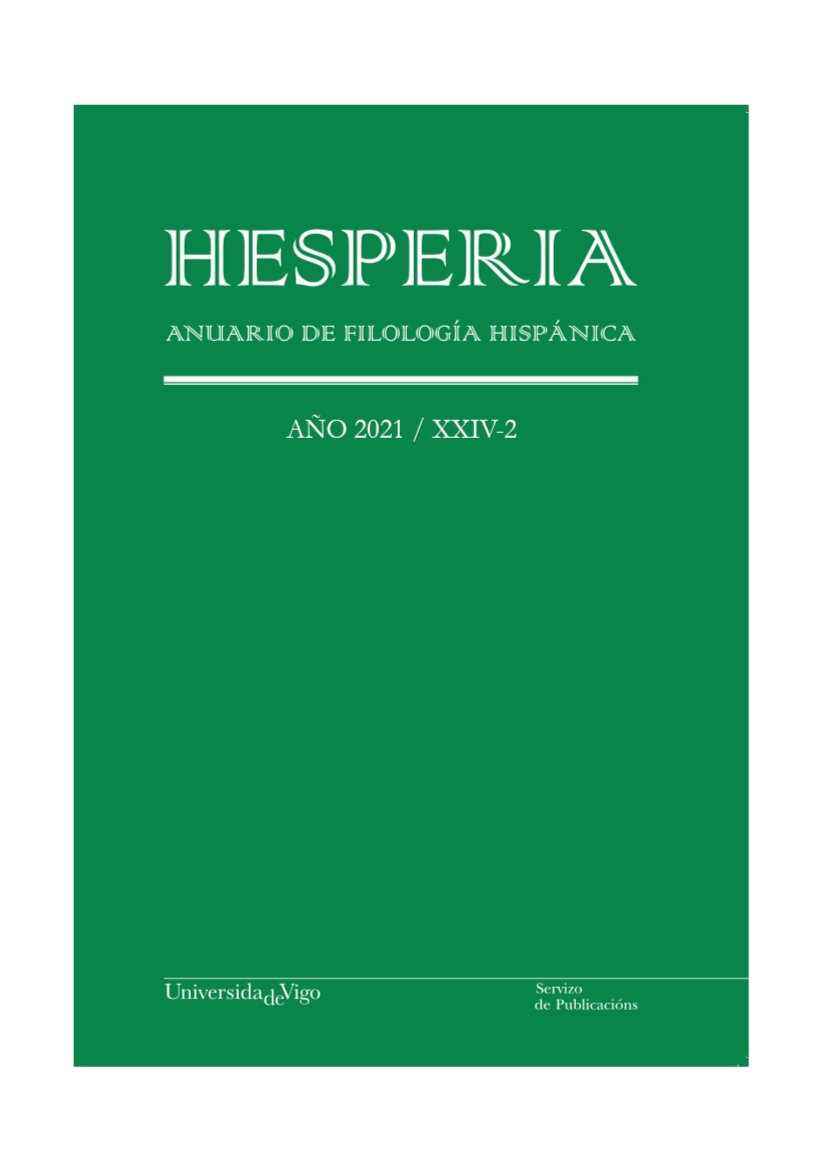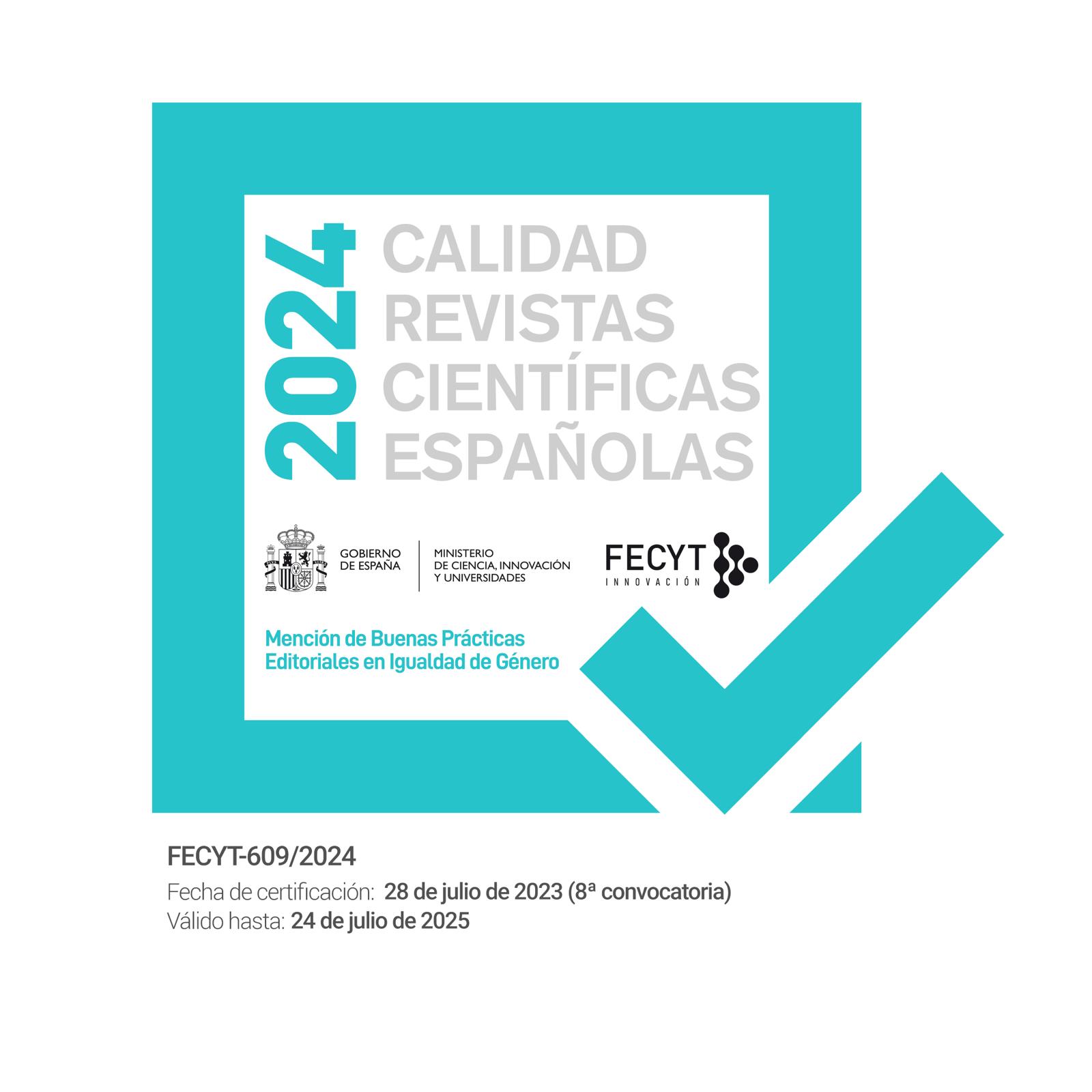Sociolinguistic representations towards the use of non-binary language
the language of hate on Instagram
DOI:
https://doi.org/10.35869/hafh.v24i2.4114Keywords:
sociolinguistic representations, non-binary language, language of hate, virtual scriptures, discourse analysisAbstract
In today’s societies mediatized by virtuality, it is essential to investigate the sociolinguistic and discursive aspects of language phenomena within this context that makes and is made through the discourse and interactions of its users. Thus, in this paper, we will investigate the sociolinguistic representations that users create on social media around an emerging linguistic phenomenon: non-binary language.
We will take into account the definition of sociolinguistic representations proposed by Arnoux and del Valle (2010). This concept refers to both linguistic objects and the subjects with which they are associated, so it implies social evaluations (Bourdieu, 1999) of discourses and speakers; in this way, it will serve us to account for those representations that some users build about non-binary language (and those who use it) in their interactions on Instagram.
These interactions will be specifically observed in the comments of news publications on non-binary language taken from five Argentine newspapers that publish their news on Instagram. In this sense, the commentary appears as an incipient discursive genre typical of social media that transcends the mere social relationship, since its goal is the explicit manifestation of opinions (Sal Paz, 2016). This led us to wonder about the particular characteristics of virtual scriptures (Giorgi, 2018; Tabachnik and De Porta, 2019) and their impact on the dissemination of certain types of discourses. In these we perceive what Giorgi (2018: 56) calls the language of hate, expressed through representations that turn comments into a violent zone “of expressive forms and places of subjectivation decisive in the landscape of our time”. This situation activates a “rhetoric of insult” (Tabachnik, 2012) that we will try to unravel from our analysis. We present a classification of the representations found starting with the construction of categories of our own, and find that sociolinguistic representations appear as “reactions” of hatred towards non-binary language and those who use it.















